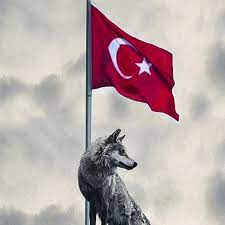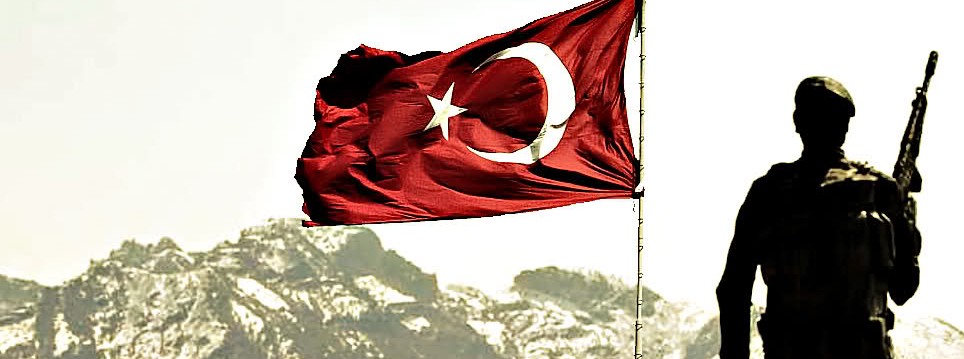The meaning and importance of the Turkish power symbol Bozkurt from Turgut Can's blog
The meaning and importance of the Turkish power symbol Bozkurt
The wolf motif, which the Turks attribute holiness and find the reflection of their own characters in, has been one of the most used sacred symbols in Turkish history.
Turks have symbolized many animals throughout history. The lion of the Qizilbash Safavids, the phoenix of the European Huns, the dragon of the Asian Huns, the eagle of the Seljuks, the peacock of the Ghaznavids are famous. But the symbol above all these is "Gökbörü", that is, "Bozkurt", which is the common symbol of all Turanic tribes. This epic being is the symbol of the Turk.
The wolf motif, which is observed in every aspect of their lives in steppe societies, is almost integrated into steppe social life.
It has existed not only in social life but also in religious life as a culture on its own.
The most important factor in the wolf's influence on Turkish socio-cultural life is that he is seen as an ancestor. The wolf has a special place in Turkish epics in connection with the shape-shifting motif and in transition periods throughout the Turkish world.
Wolf As An Athens
The great task undertaken by the concept of father/ancestor in Turkish family life, the existence of the patriarchal society structure, triggered this importance and caused the respect for the wolf to reach the highest levels.
In various parts of the Turkish world, god-wolf depictions are found on rocks or tombstones, or in shaman clothing or materials.
There are two reasons why Turks consider wolves as their ancestors. The first reason: The prediction that the wolf is a powerful animal and reflects the power of the Turks.
Another opinion is that they found the wolf suitable for the origin of the Turks. Almost all Turkish tribes believe that they are descended from the wolf as a common belief.
WOLF AS POWER ICON
The wolf is a very strong and durable animal. For this reason, the wolf has become a symbol of power of the Turkish nation.
It is said that the Central Asian tribes used the word "Gök Börü Sultan", that is, my sultan, who looks like a wolf, to describe the power and might of their rulers.
Since the wolf is a strong and assertive animal, it also reflects the characteristic feature of the Turkish nation.






























































The Wall